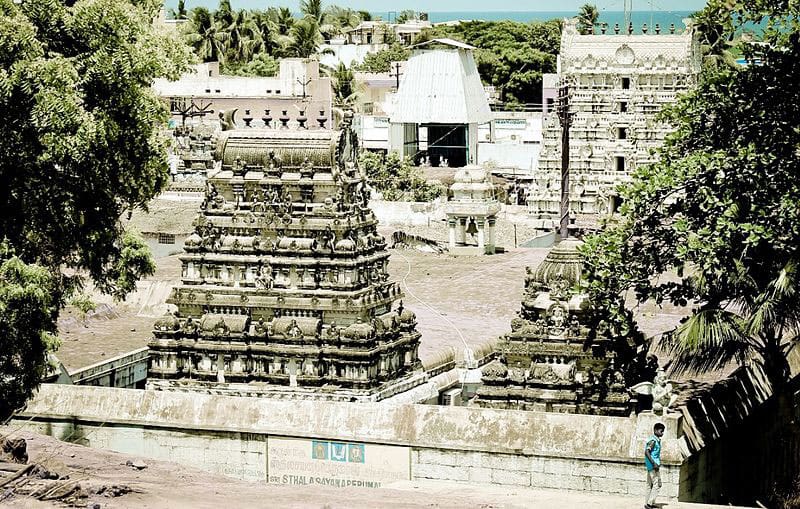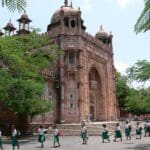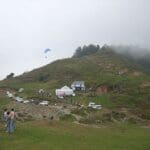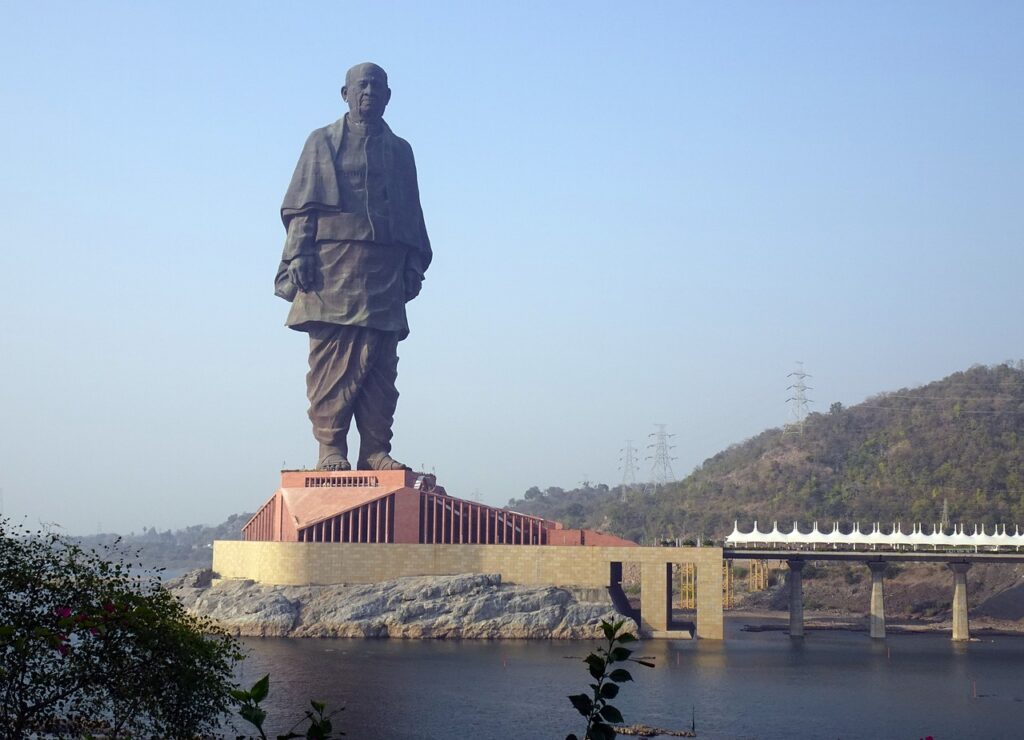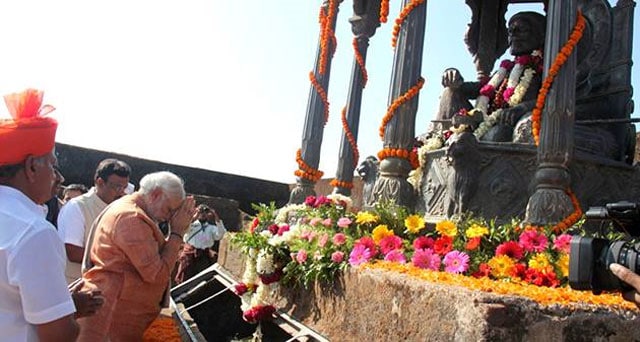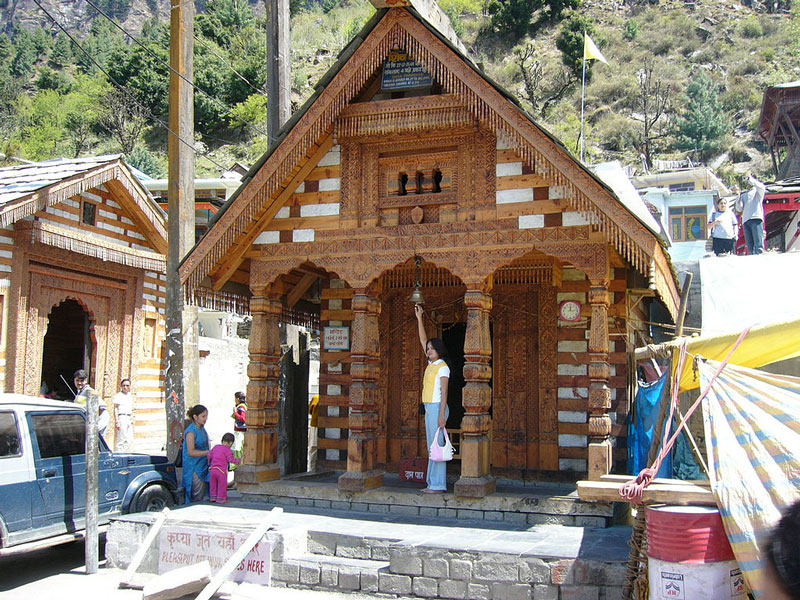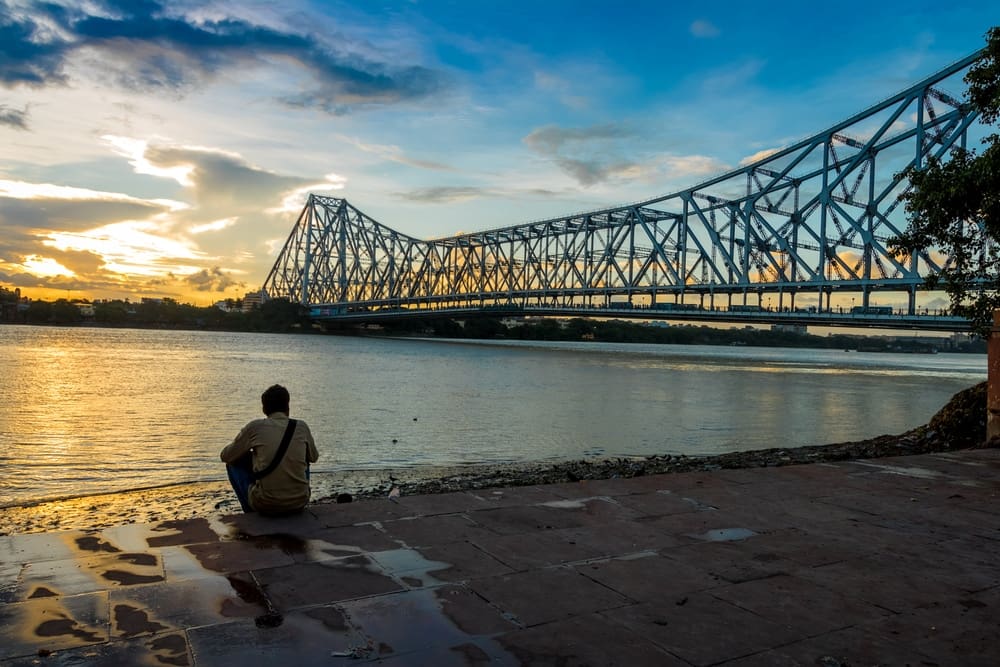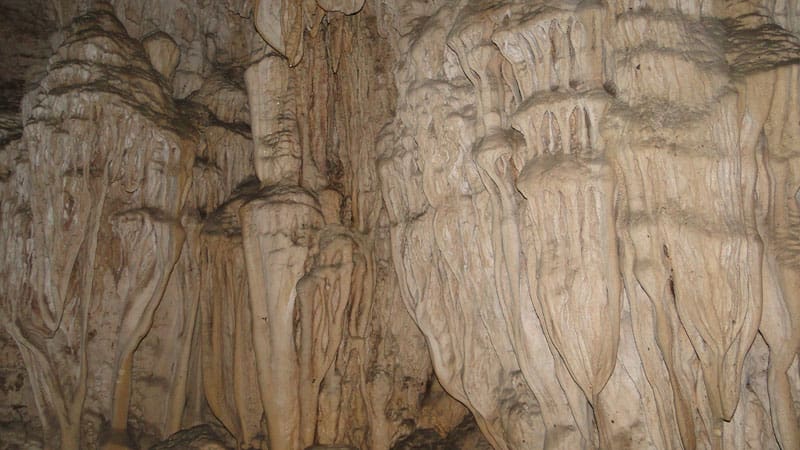Perched on the windswept shores of the Bay of Bengal, the Thirukadalmallai Temple—also known as Sthalasayana Perumal Temple—serves as an eternal testament to faith, art, and South Indian history. For centuries, this revered Divya Desam has drawn pilgrims and scholars, captivated by its mixture of ancient legend, breathtaking architecture, lively rituals, and tranquil beauty. Recognized as one of the 108 Vishnu Divya Desams and standing within the UNESCO World Heritage zone of Mahabalipuram (Mamallapuram), the temple is a beacon for devotees, travelers, and lovers of history alike.
Centuries of Faith: The Historical Journey of Thirukadalmallai Temple
Origins in the Pallava Era
The temple’s origins are rooted in the grandeur of the Pallava dynasty, under whose aegis Mahabalipuram flourished as an international port and a hub for rock-cut architecture between the 7th and 9th centuries CE. Most sources date the genesis of Thirukadalmallai to the reign of Narasimhavarman II (Rajasimha), whose vision and resources gave rise to some of South India’s most impressive religious monuments.
While Mahabalipuram’s famed Shore Temple is emblematic of the city’s artistry, Thirukadalmallai embodies the spiritual heart of the region—marking the localization of Vaishnavism in a landscape formerly dominated by Shaivism and Buddhism. Tamil, Sanskrit, and Grantha inscriptions within the temple speak of royal patronage, land endowments, and festivals dating back over a millennium, reflecting the cosmopolitan vibrance of Mahabalipuram as it interacted with Romans, Chinese, and Southeast Asians through commerce and culture.
Evolution Through Dynastic Patronage
The temple has undergone several phases of renovation and enrichment under the Cholas, Vijayanagara kings, and local Nayaka chieftains, each adding iconographic, architectural, or ritual embellishments. The weathering of time and periodic damages by nature have left their mark, yet the temple’s enduring presence mirrors the tenacity and faith of its community: each restoration effort, including modern interventions by the Archaeological Survey of India (ASI), is a chapter in its living legacy.
Sacred Origins: Legends and Spiritual Significance
The Miracle by the Sea—Myth and Divinity
Legend proclaims that Mahabalipuram’s coastline endured devastation from stormy seas until sage Bhoothath Alwar, moved by compassion, performed severe penance here. Lord Vishnu, responding to the sage’s pleas, assumed a unique posture—lying down directly on the ground, without his customary serpent couch Adisesha—to pacify the ocean’s rage. This moment, immortalized in the main sanctum, lends the temple its epithet: ‘Sthalasayana’ (reclining on the ground) Perumal.
Connected to the Alwars: Voices of Bhakti
The Alwars, great poet-saints of Tamil Nadu, celebrated the temple in their mystical Tamil hymns—the Nalayira Divya Prabandham. Bhoothath Alwar, born in the nearby town of Mahabalipuram, is believed to have attained enlightenment at this very site. His emotionally charged verses echo through the temple’s corridors during daily rituals and festivals, linking past centuries to the present moment.
Divine Landscape: Architecture and Structural Wonders
Overview: Dravidian Grandeur Meets Pallava Subtlety
The Thirukadalmallai Temple is a living showcase of Dravidian architectural style, harmoniously blending the unique features of Pallava craftsmanship (with its simpler, robust lines and powerful iconography) and later Chola and Vijayanagar influences (with their layered gopurams and vivid sculptures).
Layout and Orientation
-
Gopuram (Gateway Tower):
The striking east-facing gopuram greets visitors with its elaborate stucco images: gods, mythical animals, floral medallions, and rhythmic pilasters. Unlike the towering gopurams of later temples, this gateway’s impact is in its restrained elegance and balanced proportion. -
Prakarams (Circumambulatory Corridors):
The temple features single prakaram (enclosure), ringed by an inner courtyard, pillared corridors, and shrines to subsidiary deities. The ambiance, intermingled with the ocean breeze and temple bells, creates a sanctuary of contemplative calm. -
Mandapam (Assembly Hall):
The pillared mandapam hosts communal prayers, recitals, and festive gatherings. Iconic reliefs on its columns narrate tales from the epics, the Alwars’ miracles, and the avatars of Vishnu. -
Garbhagriha (Sanctum Sanctorum):
At the mystical heart of the temple lies Sthalasayana Perumal, resplendent in a unique reclining posture. The sanctum is compact, prioritizing intimate darshan (vision) over grandeur. Gold-plated doors, floral garlands, and oil lamps accentuate the deity’s divine aura. -
Vimanam (Tower Over Sanctum):
The “Gataka Vimanam” above the sanctum, pyramidal in form, is a landmark of the Pallava school with harmonious proportions and intricate stucco detailing of celestial beings, lotus buds, and creeping vines. -
Temple Tank (Pushkarini):
A sacred tank by the entrance is used for ritual purification before worship. Devotees participate in ceremonial baths and offer lotuses, seeking spiritual cleansing and health.
Sculptural Highlights
-
Exquisite bas-reliefs of Dashavatara (Vishnu’s ten avatars), scenes from the Ramayana and Mahabharata, and portraits of parivara devatas (attendant deities) adorn the mantapas.
-
Ornate pillars feature yalis (mythical beasts), guardians, and dancing apsaras, reflecting the Pallava aesthetic—where every stone is both art and scripture.
The Deities: Iconography and Spiritual Symbolism
Sthalasayana Perumal
The presiding deity, Sthalasayana Perumal (Vishnu), is not seen on his cosmic serpent but reclining directly on the temple floor—symbolizing humility, direct connection with the devotees, and the Lord’s unique presence here. He holds the conch (shankha), discus (chakra), lotus (padma), and mace (gada), icons of divine power and grace.
Nilamangai Thayar
Venerated in a separate shrine is Nilamangai Thayar, Vishnu’s divine consort, whose blessings are sought for prosperity, familial stability, and marital happiness. Her shrine, festooned with flowers and lamps, forms a focus for women devotees.
Other Shrines
-
Bhoothath Alwar: Flanked with statues and paintings commemorating his devotional exploits.
-
Andal: The only female Alwar, symbolizing pure love and devotion.
-
Garuda, Anjaneya (Hanuman), and Alwars: Additional shrines indicate the inclusive, community-centered nature of worship at the temple.
Rituals, Poojas, and Daily Worship
Following Vaikanasa Agama
The temple adheres to the Vaikanasa Agama, a set of Vedic liturgical codes dated thousands of years old, dictating every aspect of worship from the earliest morning ablutions to the final night arati:
-
Ushathkala Pooja: Commences before sunrise, awakening the deity with veda parayanam (chanting).
-
Kalasanthi Pooja: Mid-morning puja includes alankaram (adornment of the deity), naivedya (offering of food), and sattumurai hymns.
-
Sayaraksha Pooja: At dusk, lamps are lit, echoing the cosmic cycle of day turning to night, and devotional music fills the air.
-
Ardhajama Pooja: The night puja, a serene, candle-lit ritual symbolic of protection, restful blessings, and gratitude.
Daily worship is accompanied by nadaswaram and tavil music, floral offerings, recitation of Vishnu Sahasranamam (1,000 names of Vishnu), and distribution of prasadam (blessed food).
Grand Festivals and Annual Celebrations
Brahmotsavam
Held during the auspicious Chithirai month (April–May), the ten-day Brahmotsavam transforms the temple with vibrant processions, Vedic recitations, street dramas, and decorated chariots pulled by throngs of devotees. Sacred icons are carried in elaborate flower-bedecked palanquins, symbolizing the Lord stepping out to bless the community.
Vaikunta Ekadasi
On this holiest of days in the Margazhi month (December–January), the temple opens the “Vaikunta Dwaram” (celestial gateway), believed to offer dhamma (spiritual liberation) to all who pass through. Midnight prayers, continuous chanting, and massive gatherings create an atmosphere of ecstasy and hope.
Special Utsavams and Observances
-
Alwar Thirunakshatram: Commemorating Bhoothath Alwar’s birthday, with special recitals and darshan.
-
Sri Jayanthi (Krishna’s Birthday): Featuring devotional dances, children’s plays, and elaborate feasting.
-
Pavitra Utsavam, Purattasi Saturdays, and Deepavali: Each marked with unique rituals and community celebrations.
Essence of Mahabalipuram: Context and Significance
Mahabalipuram—A Confluence of Faith, Art, and Trade
Mahabalipuram’s seashore, once a bustling international harbor, saw mingling of cultures, religions, and technologies. Apart from the famed Pancha Rathas (monolithic chariots) and Shore Temple, Thirukadalmallai completes the trinity of structures representing the spiritual, commercial, and artistic aspirations of generations.
Pilgrimage Tourism
The pilgrimage circuit often includes Thirukadalmallai, the Shore Temple, and the many cave shrines, attracting millions annually. Tourists engage in heritage walks, spiritual discourse, and workshops on ancient crafts.
UNESCO World Heritage Site
Being embedded in the Mahabalipuram World Heritage area amplifies the temple’s profile, drawing global attention to its architectural value and historical depth.
Preservation and Conservation: Safeguarding a Living Legacy
Role of the Archaeological Survey of India (ASI)
The ASI oversees regular cleaning, structural reinforcement, and chemical treatments to protect statues, mural paintings, and inscriptions from oceanic erosion, salinity, and human impact. Detailed documentation and digital archiving help monitor subtle changes in the structure.
Community Engagement
Temple administrators, local devotees, and cultural NGOs collaborate in heritage awareness programs, annual cleaning campaigns, and fundraising for restoration. Community participation, from ritual volunteers to guides, ensures the temple remains a living rather than fossilized monument.
Visitor’s Guide: Experiencing Thirukadalmallai Today
Timings and Dress Code
-
Opening Hours: 6:30 AM–12:00 PM; 3:00 PM–8:30 PM. Special timings during festivals.
-
Dress Code: Modesty is essential—traditional Indian wear (saree/dhoti/salwar-kameez) is preferred; footwear is to be removed before entering the inner sanctum.
Accessibility
-
By Road: Well-connected via East Coast Road (ECR) from Chennai (57km) and Pondicherry.
-
By Rail: Closest station: Chengalpattu (regular trains to Chennai, southern Tamil Nadu).
-
By Air: Chennai International Airport, an hour’s drive away.
Facilities
-
Prasadam counters, drinking water, restrooms.
-
Shoe stalls, seating areas, and shelter for elderly/ disabled visitors.
-
Guides and information pamphlets available in multiple languages.
-
Security and first-aid services during festival times.
Cultural Activities and Outreach
Music, Dance, and Literature
The temple’s annual and monthly festivals feature:
-
Classical music concerts (Carnatic legends perform during major utsavams).
-
Bharatanatyam recitals narrating stories of Vishnu and the Alwars.
-
Public readings of Alwar hymns, Purana katha (mythical storytelling), and workshops on Sanskrit mantras.
Community Service
The temple trust operates:
-
Anna Dhanam (free meal programs) for devotees and the poor.
-
Amudham Centres (temple canteens) offering affordable, traditional vegetarian meals.
-
Education outreach: sponsorships for local children, religious studies workshops.
-
Healthcare camps during major events.
Flora, Fauna, and Sacred Ecology
The temple’s lush gardens, sacred tanks, and proximity to the beach foster a unique ecosystem:
-
Flora: Temple gardens are rich with jasmine, hibiscus, lotus, frangipani, and medicinal herbs used in rituals.
-
Fauna: The pushkarini tank hosts fish and migratory birds; bees and butterflies are common, symbolizing nature’s blessings and temple serenity.
-
Ecological rituals: Ritual ‘Samudra Pooja’ (worship of the sea) affirms the temple’s mythic power over the ocean and promotes respect for the coastal environment.
Myths, Legends, and Cultural Imagination
The Tale of the Vanishing Pagodas
Mahabalipuram was once famous for its “Seven Pagodas,” of which only the Shore Temple and Thirukadalmallai survive above water. Myths speak of temples swallowed by the sea, a recurring motif in classical and colonial literature, adding an aura of mystery.
Divine Visions and Pilgrim Testimonies
Pilgrims throughout the centuries have reported miracles—from healing to divine visions—attributed to the Lord’s compassionate presence in the temple.
Practical Information and Nearby Attractions
What to See Nearby
Within walking distance of the temple:
-
The Shore Temple: Renowned for its basalt carvings and seaside grandeur.
-
Pancha Rathas: Five monolithic chariots, each carved from a single granite block.
-
Arjuna’s Penance/Descent of the Ganges: The world’s largest open-air rock relief.
-
Mahishasuramardini Cave, Krishna’s Butterball, and other rock-cut wonders.
Local Experiences
-
Artisan Workshops: Visitors can learn about stone-carving, a living tradition in Mahabalipuram.
-
Handicraft Shopping: Sculptures, temple replicas, and jewelry from the town’s famed workshops.
Travel Tips
-
Early mornings offer tranquil temple visits, while evenings come alive with lights and music.
-
Special guided heritage walks are arranged during major festivals and tourist seasons.
-
Consult the temple office or tourism board for schedules of events and ritual timings.
In-Depth: Thirukadalmallai in Literature and Art
-
The temple and the surrounding landscape appear in ancient Tamil literature, colonial traveler diaries, and contemporary documentaries.
-
Its image is widely depicted in paintings, sculptures, and temple diagrams used in religious studies across South India.
Legacy and Global Significance
A Living Temple in a Digital Age
Thirukadalmallai Temple stands at the intersection of faith, history, and globalized cultural tourism. Even in the digital age, it draws online devotees with live streaming of poojas, digital archives of inscriptions, and virtual darshan for the diaspora.
Continuity Amid Change
Despite invasions, changing rulers, and natural disasters, the temple thrives—thanks to community solidarity and respect for tradition. Each echo of conch-shell, each recited verse, and each bowed head adds to a living, ever-evolving heritage.
Frequently Asked Questions (FAQs) about Thirukadalmallai Temple
-
What is the main deity worshipped at Thirukadalmallai Temple?
-
Lord Vishnu as Sthalasayana Perumal, reclining directly on the ground—unlike any other Divya Desam iconography.
-
-
Who built the Thirukadalmallai Temple?
-
The Pallava ruler Narasimhavarman II (Rajasimha) commissioned its construction in the 8th century CE.
-
-
Why is it called Thirukadalmallai?
-
‘Thiru’ means sacred, ‘kadal’ means sea, ‘mallai’ refers to the ancient name for Mahabalipuram—‘the sacred place by the sea’.
-
-
Is Thirukadalmallai a Divya Desam and why is that important?
-
Yes, recognized as one of the 108 Divya Desams, sanctified in the Alwars’ hymns and central to Vaishnava tradition.
-
-
Can non-Hindus and foreign tourists visit?
-
Yes, they are welcome in the temple. Respectful dress and conduct are expected.
-
-
What are the temple’s pooja timings?
-
From 6:30 AM–12:00 PM and 3:00 PM–8:30 PM; special timings apply during festivals.
-
-
What makes the temple’s architecture unique?
-
Its Pallava-period sculptural work, single prakaram, and the rare posture of the presiding deity.
-
-
Which festivals are best to visit?
-
Brahmotsavam (April–May), Vaikunta Ekadasi (December–January), and Bhoothath Alwar Thirunakshatram are major highlights.
-
-
Does the temple participate in charitable or community work?
-
Yes, including anna dhanam, free medical camps, and ritual education.
-
-
Is there a temple tank/pushkarini?
-
Yes, located just outside the sanctum for holy dips and rituals.
-
-
Are there special rituals for marriage or child blessings?
-
Yes, priests conduct private and community ceremonies for blessings, health, and prosperity.
-
-
Is photography allowed?
-
Generally allowed outside the sanctum; restrictions apply during specific rituals or inside inner shrines.
-
-
What are the legends about the ‘Seven Pagodas’?
-
Myths claim seven temples once lined the shore, but most were lost to the sea, enhancing Mahabalipuram’s mystique.
-
-
How accessible is the temple for elderly or physically challenged visitors?
-
Ramps and wheelchairs available; assistance can be arranged upon request.
-
-
Where can visitors find more information or guided tours?
-
The temple office and local tourism centers provide guides, pamphlets, and heritage walk schedules.
-


